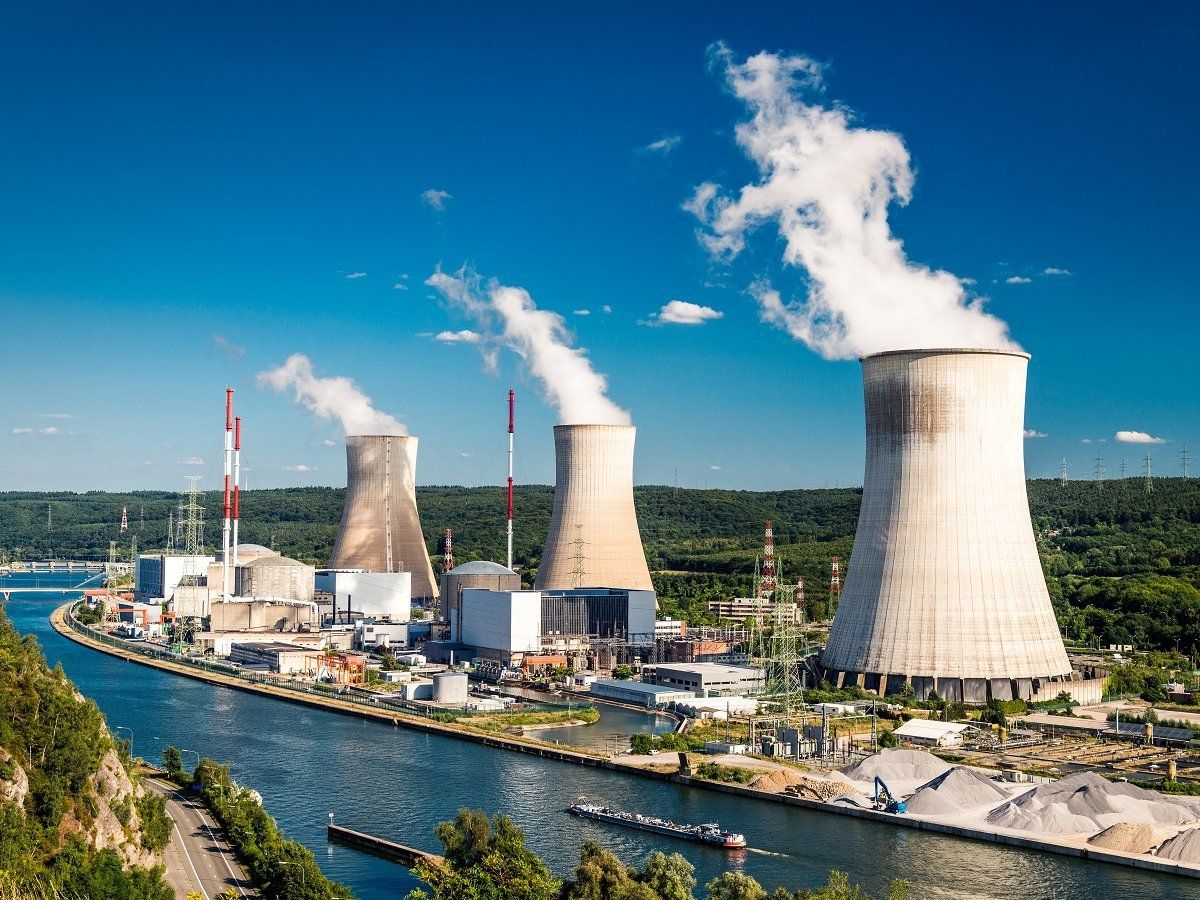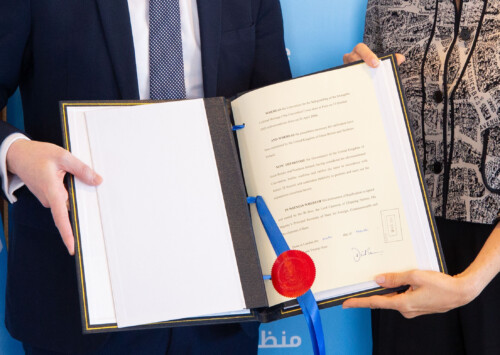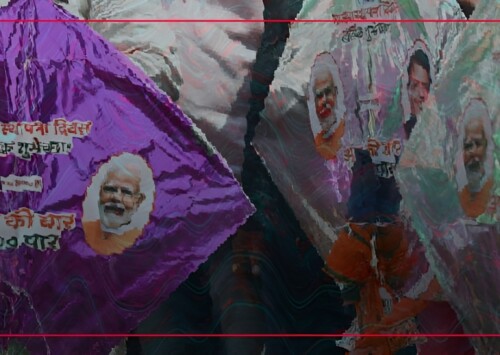Time for India to cancel Jaitapur nuclear power project

NPCIL is responsible for construction & commissioning of each of six units of Jaitapur Nuclear Power Plant
On March 3, 2021, Electricité de France, EDF, the sole operator of nuclear power plants in France, informed the country’s nuclear safety body, Autorité de Sûreté Nucléaire (ASN), of a design anomaly on three nozzles of the main primary system of the European Pressurised Reactor that it has been building at Flamanville in north-west France. The design flaw is serious as the main primary system contains water used to cool the reactor core and transfer energy from the nuclear reaction to the steam generators. The design dates back to 2006 and the nozzles were manufactured in 2011.
This is the latest in a very long series of flaws and problems that EDF has struggled with ever since it embarked upon the project to build EPRs at the beginning of the millennium. The Flamanville project was commissioned in 2007 and was supposed to be operational by 2013 at a cost of EUR 3.3 billion. However, after several hiccups of all kinds, the project is now tentatively scheduled for completion in 2023 at a cost of EUR 12.4 billion. A full 10 years late and at four times the initial cost.
The story is no different at two other EPR construction sites. Finland had ordered the reactor in early 2000s and construction began in 2005. Yet, 16 years and several delays, as well as cost jumping more than three times over the initial budget of EUR 3.2 billion, the latest deadline for completion of the project, is now next year.
The two EPRs that finally have seen the light of the day are both in China at Taishan Nuclear Power Station that began after a delay of over six years and at undisclosed cost overruns.
So messy has EPR been that on July 23, 2020, in an uncharacteristically blunt interview, French ecological transition minister Barbara Pompili trashed the Flamanville project as a messy one whose cost has multiplied four times over. Pompili said the critiques of Flamanville reflect broad industry consensus from different reports.
Indeed, just days before, on July 9, 2020, the French Court of Auditors, the equivalent of Indian Comptroller and Auditor General (CAG), had come down equally heavily on EDF and its white-elephant pet project, saying lack of oversight led to the hasty launch of the two first EPRs in Finland and at Flamanville. “This insufficient preparation led to an underestimation of the difficulties and construction costs and an overestimation of the French nuclear sector’s ability to tackle them creating financial risks for sector companies,” the auditor had lashed out.
It went on to criticise the entire EPR idea itself even though the operation of the reactor in China may have proven the technology. “Despite this choice of technology having been proven in China and the improvements made in the management of these large-scale projects, the financial and technical gains expected from the EPR 2 project remain to be confirmed. The construction of the new EPRs in France should not have been considered, under any circumstances, without a clear idea of the financing methods and the place of electronuclear production in the future electricity mix,” it stated.
So terrible has been the experience with this jinxed project that France has decided to cut its own reliance on nuclear power and a possible phase-out as well. “We have made a commitment to reduce the share of nuclear power to 50 pc by 2035 and then we will have to make a choice after 2035, either we continue to have a good share of nuclear power, or we reduce nuclear power. to reach 100 pc renewable in 2050,’ Pompili said, adding, “Citizens must have viable alternatives. So today, we are studying other reactors that could be built but we are also studying the solution where we would arrive at 100 pc renewable.”
EPR rejected across the world
Having learnt the lessons from Finland, France and China, many countries have cancelled their plans to install the reactor that was being flogged as the most modern in the world. The list of countries that have backed out reads like a global who’s-who.
After having suffered with the first EPR, Finnish utility, TVO, announced way back in 2015 that it had cancelled plans to build a second EPR at Olkiluoto. So much so, that in 2012, Finland rejected EPRs in new power project tenders. The Czech Republic has also done the same. The United States was exploring options for 7 EPRs and four construction applications had already been submitted to the nuclear regulator Nuclear Regulatory Commission, but all stand abandoned.
Canada, too, had been planning use of EPRs but the Canadian Nuclear Safety Commission terminated licensing process after plans were shelved. Closer home to EDF, in 2009, Italian utility Enel and EDF planned to build four EPRs but it was scrapped after Italy rejected nuclear power per se. Also, when the United Arab Emirates wanted its first nuclear reactor, it opted for South Korean reactor technology over EPRs.
India last resort for EDF and France
Despite rejection even at home, France has not let go of its decade-long lobbying to sell this problematic and extremely expensive form of power to India. On April 22, EDF submitted a binding techno-commercial offer to the Nuclear Power Corporation of India Ltd (NPCIL) for construction of six EPR reactors at Jaitapur in Maharashtra.
According to EDF, the offer includes detailed technical configuration of the reactors, taking into account the information provided by NPCIL on the Jaitapur site conditions and the joint comprehensive work performed by EDF and NPCIL as well as the associated comprehensive commercial terms and conditions for the supply of engineering studies and equipment for six EPR reactors, EDF said.
“NPCIL is responsible for the construction and the commissioning of each of the six (6) units of the Jaitapur Nuclear Power Plant, as well as for obtaining all necessary permits and consents in India, including the certification of the EPR technology by the Indian safety regulator,” it added.
The firm offer is a new milestone in Jaitapur project’s history. The two sides have been talking over it for 12 years now. Way back in 2009, NPCIL had signed an MoU on the Jaitapur project with Areva, the state-run nuclear power producer of France that went bankrupt six years ago and was merged with EDF, another state-run company. However, since then the negotiations have progressed at a snail’s pace due to serious differences between the two sides over multiple factors, most notably the price of power from Jaitapur and also the liability over any accident as currently, under international norms, power producers have an overwhelming liability, while EDF is liable only for equipment supplied.
Like with other EPR projects elsewhere in the world, Jaitapur will also prove to be extremely expensive and become a severe financial liability on NPCIL as well as the Indian consumers.
But safety is not the only reason why Jaitapur is not a good idea. The economic viability of the project is also questionable. Though the final cost of Jaitapur has not been disclosed, if Flamanville’s one unit is expected to cost upwards of 11 billion euros, the final cost of six reactors would be safely in the vicinity of 70 billion euros. Even in 2009, the cost of electricity produced at Jaitapur was pegged at nearly 9 rupees a kwh, nearly three times the price of power from a coal-fired thermal power plant.
Moreover, the entire energy scenario in India has changed over the last decade, making Jaitapur look much more of a white elephant than a much-needed power source. A decade ago, India was struggling with severe power shortages and the renewable energy was still in a nascent stage. However, in the last 10 years, the sharp mismatch in energy demand and supply has been bridged to a large extent and as a result many proposed power plants have stayed on the designing board.
But the biggest change has come in from the renewable energy sector and that too mainly solar energy. In the last few years, solar energy generation in India has risen sharply and the government proposes to have installed capacity of over 175GW of renewable energy by 2022, of which 100 GW would be solar. Over the years, India has installed 93 GW of renewable energy, including 39GW of solar power. Solar energy production has been propelled ahead by extremely low prices for solar panels. As a result, power producers are selling electricity at even below 3 rupees per kwh, with some bids actually coming closer to 2.5 rupees a unit. In this situation, for any power producer or distribution company, it becomes impossible to justify prices that are triple or more, as is the case with Jaitapur.
It is important to remember that locals around Jaitapur have been protesting against the project right from the word go and if the project is sanctioned, then land acquisition is certain to run into trouble, delaying the project, just like many others, including Modi’s pet Bullet Train project.
There is no reason for India to continue these negotiations and get stuck in another Enron-type of situation that occurred just around 150 km from Jaitapur. India, more importantly Prime Minister Narendra Modi, ought to remember that history does repeat itself.









